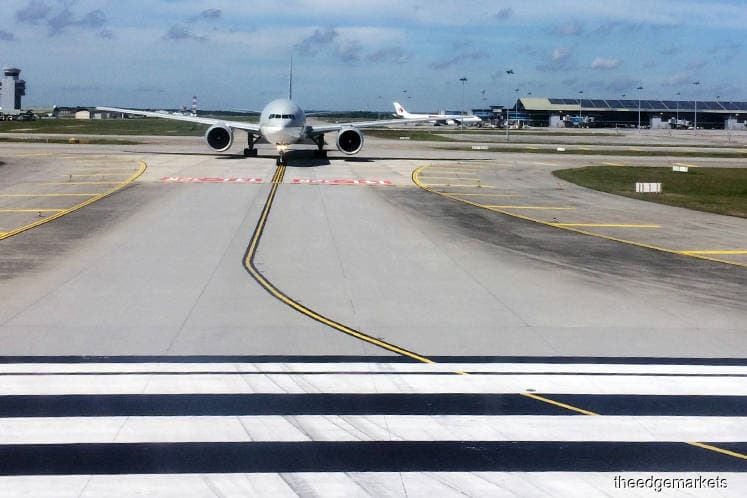
KUALA LUMPUR (Feb 23): The International Air Transport Association (IATA) said 2017 was a very good year for aviation safety and that the all accident rate (measured in accidents per 1 million flights) was 1.08, an improvement over the all accident rate of 1.68 in 2016 and the rate of 2.01 for the previous 5-year period (2012-2016).
It its 2017 Airline Safety Performance report released yesterday, IATA said the 2017 rate for major jet accidents (measured in jet hull losses per 1 million flights) was 0.11, which was the equivalent of one major accident for every 8.7 million flights.
It said this was an improvement over the rate of 0.39 achieved in 2016 and also better than the five-year rate (2012-2016) of 0.33.
IATA said there were 6 fatal accidents with 19 fatalities among passengers and crew.
It said this compares with an average of 10.8 fatal accidents and approximately 315 fatalities per year in the previous five-year period (2012-2016).
In 2016 there were 9 fatal accidents and 202 fatalities, it said.
IATA added that none of the 6 fatal accidents involved a passenger jet.
Five involved turboprop aircraft and one involved a cargo jet. The crash of the cargo jet also resulted in the deaths of 35 persons on the ground, as well as the crew of the jet.
IATA member airlines experienced zero fatal accidents or hull losses in 2017 with jet or turboprop equipment.
IATA director general and CEO Alexandre de Juniac said 2017 was a very good year for aviation safety.
He said some 4.1 billion travelers flew safely on 41.8 million flights.
“We saw improvements in nearly all key metrics—globally and in most regions. And our determination to make this very safe industry even safer continues.
“In 2017 there were incidents and accidents that we will learn from through the investigation process, just as we will learn from the recent tragedies in Russia and Iran.
“Complementing that knowledge are insights we can gain from the millions of flights that operate safety. Data from these operations is powering the development of predictive analytics that will eventually enable us to eliminate the conditions that can lead to accidents.
“The industry knows that every fatality is a tragedy. Our common goal is for every flight to take-off and land safely,” he said.